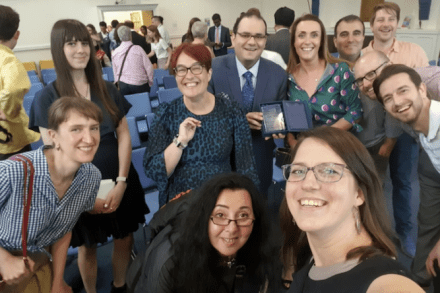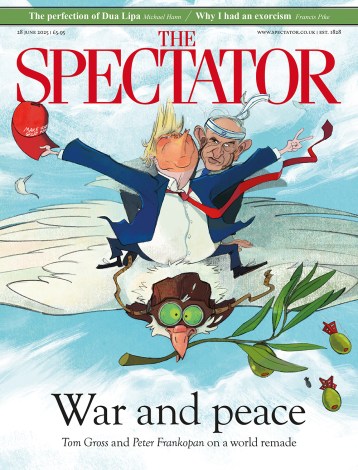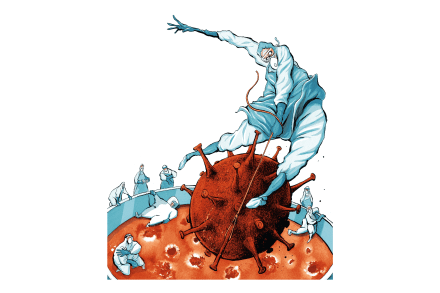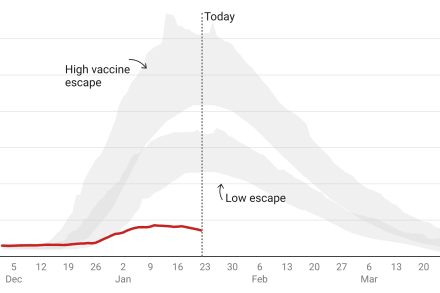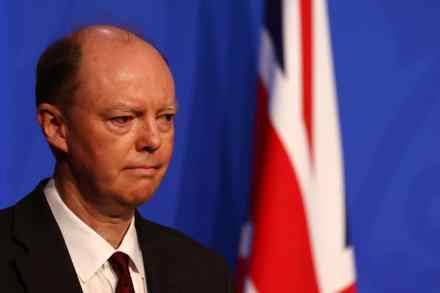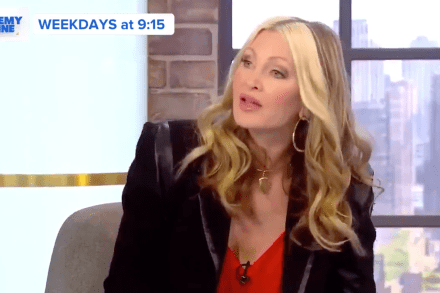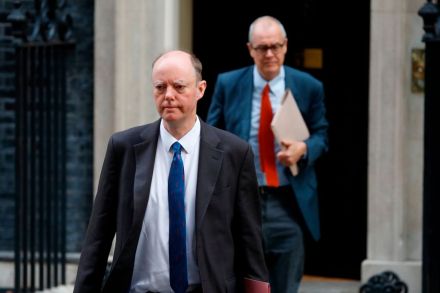Pouria Hadjibagheri and the UK’s abandoned open data revolution
With a new year comes the New Year’s Honours and I’m struck to see an MBE given to Pouria Hadjibagheri. He’s the technical lead of a civil service team whose drive and creativity led to the Coronavirus data hub. It was a breakthrough in the democratisation of public data. He and his team saw to it that information and metrics were not the secret preserve of a Whitehall cabal, cherry-picked to make a certain point, but available to everyone. This transformed the debate about the virus and the need for lockdown, allowing for new perspectives and new projects. The Spectator’s data hub was one of them. If you were pleased we avoided
